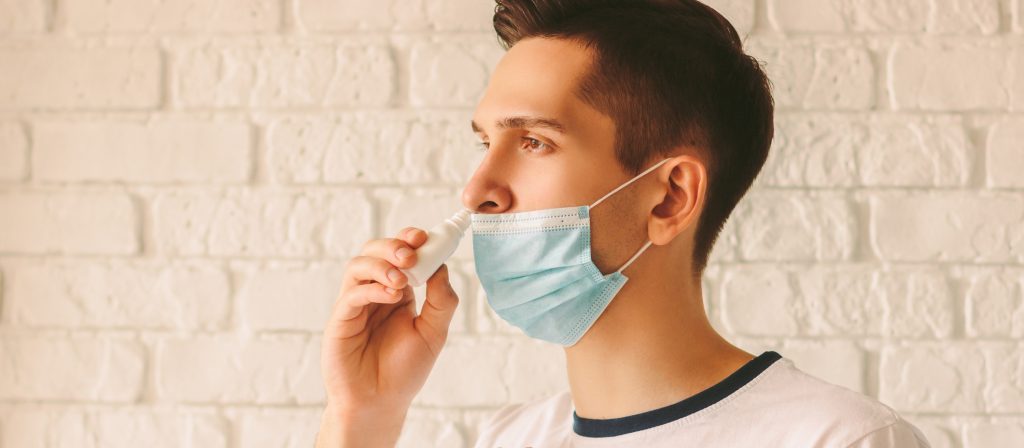Medical cannabis or marijuana can be prescribed in many states and like any other drug it has its potential benefits and risks. In many cases it may provide therapeutic relief and can help with a variety of medical conditions.
The CDC defines marijuana as the dried flowers and leaves of the cannabis plant that contain the mind-altering compounds of tetrahydrocannabinol (THC), and also includes cannabidiol (CBD). To obtain its therapeutic effects, marijuana can be rolled and smoked like a cigar or cigarette, it can be mixed in food or brewed as a tea. The effects of the drug vary from patient to patient and depend on a number of factors: the patient’s previous experience with the drug or other drugs, genetics, gender, the strength or potency of the drug, and the method in which it is taken.
The primary active compound in Cannabis is delta-9-THC. This is the component that produces a psychoactive effect, alters mood and consciousness. Cannabidiol (CBD) is the secondary active component and helps with pain relief and inflammation without causing the psychoactive effects or “high” of delta-9-THC.
What is medical marijuana prescribed to treat?
Medical marijuana is most often prescribed to patients to help manage the side effects of cancer and cancer therapies. It can also be helpful in treating damaged nerves or neuropathic pain. The National Cancer Institute has reported other possible benefits including the blocking of cell growth, preventing the growth of blood vessels that supply tumors, antiviral activity and relieving muscle spasms caused by multiple sclerosis.
As with any emerging treatment there is a lot of information and disinformation available. Patients (especially in the older population) are looking for relief from a variety of different conditions but are often unsure if they are even qualified for the use of medical marijuana. A culture of open discussion has been created in recent years since many states have legalized medical marijuana and patients are comfortable talking about adding cannabis to their drug therapy regimen. Conversations around cannabis use are becoming more routine with both pharmacists and primary care providers. In fact, much of the language in laws regulating medical cannabis programs place the pharmacist in the position to counsel patients with their use of the drug.
Where is medical marijuana currently legal?
Thirty states, the District of Columbia, Guam and Puerto Rico have comprehensive public medical cannabis programs in place at this time. The patient experience in these programs varies from state to state. Most states require a patient with a medical condition to obtain a physician’s recommendation. The state then determines whether a patient is qualified based on the condition they have, which varies from state to state. A qualified patient is then issued a card that can be used at cannabis dispensaries. Depending on the state, a pharmacist may or may not be required to be at the dispensary.
When Should You Talk to Your Pharmacist?
Often, a pharmacist is consulted only after a patient has started the use of medical marijuana. However, pharmacists are specially trained to screen for drug interactions and provide medication counseling. As medical cannabis becomes more accessible, pharmacists will inevitably be answering more questions about its use during their day-to-day interactions at the pharmacy counter.
At RxLive, our goal is to help people get healthy and stay well. Our pharmacist telehealth services enable us to partner with patients and their families to achieve better health and outcomes.





